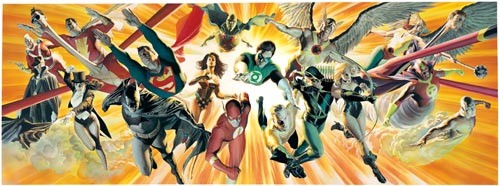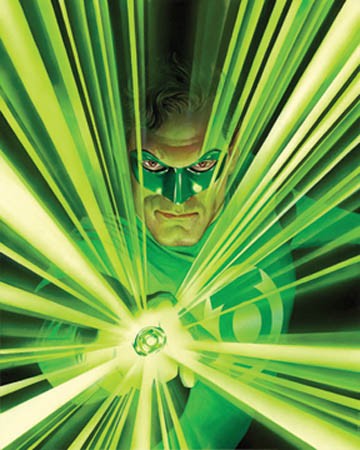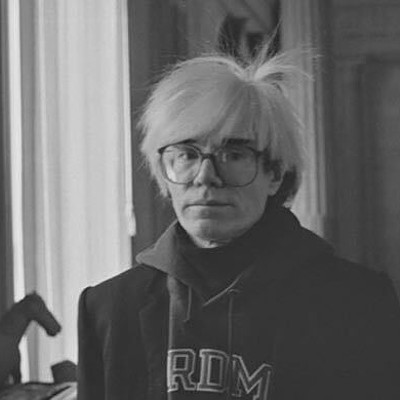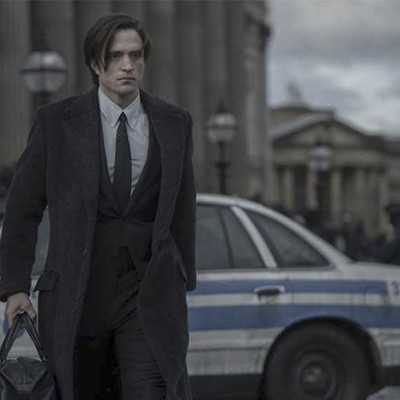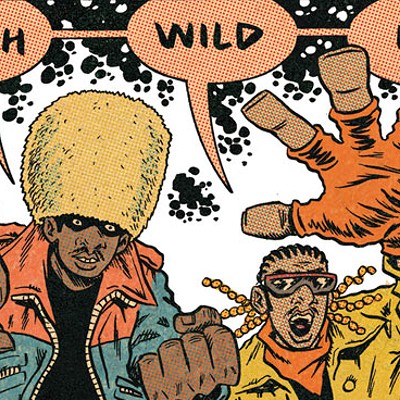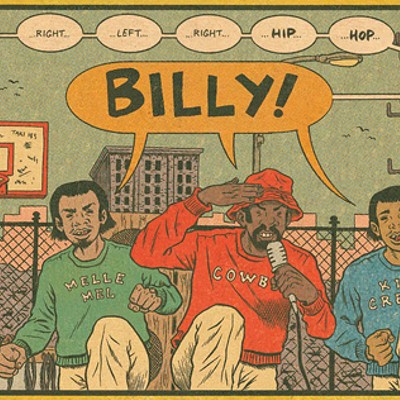You can't walk 4 feet in most comic-book shops without seeing something painted by Alex Ross. For the connoisseur, there are no better images of iconic superheroes like Batman, Superman and Green Lantern to plaster onto T-shirts or posters than those of the American Academy of Art-educated Ross. His lush, photo-realistic style does much to heighten the heroes' larger-than-life auras.
And if merchandise designed by Ross is valued, the graphic novels for which he did interior art are beloved. Ross, now 41, catapulted to the top of the industry with 1994's Marvels, a four-issue series that showed Marvel's heroes (literally) through the lens of an everyman, a photojournalist. In 1996, for DC Comics, he completed Kingdom Come, in which Superman and his peers take back the reins from a generation of violent anti-heroes, who not-so-coincidentally resembled the characters popping up next to them on real-world comics shelves. Ross also co-created his own pantheon of heroes for the independent series Astro City.
Starting Oct. 1, The Andy Warhol Museum dedicates 5,500 feet of space to Ross' original paintings for the first retrospective of his work. Ross recently spoke with City Paper by phone from his hometown, Chicago. A longer version of this interview is available at www.pghcitypaper.com.
How did The Warhol show come about?
Jesse Kowalski [the director of exhibitions] from the Warhol Museum is a fellow [comic book] fan, so was able to get a comics show in his museum.
Did you select the images?
A lot of it is stuff I have saved for the last 12 years that has built up [during] my career. I've kept some of the issue covers for some of my more famous works, things that were more precious to me, and then we had a backlog of things that I tried to sell but nobody ever bought them.
You have been drawing the same superheroes for 15 years. Do you still find interesting things to do with them visually, and interesting things about their characters?
Absolutely. I've always felt a strong connection to Superman in particular. He can be used as an American icon and can be used to basically contribute various ideas and even ideologies, much like Uncle Sam. Just making stand-alone imagery of him is inspirational. That's enough, for me, to get me charged up. I have a lifelong connection to these characters and I want to reflect that influence back, so there is always much more to give.
Marvels and Kingdom Come have been called "reconstructionist" responses to the 1980s "deconstruction" of superheroes, which saw them psychologically picked apart and made a lot darker. In those two books, the heroes are much stronger and closer to their roots. Was that intentional?
I think myself and the authors of both those books had that instinct in mind. The deconstruction of superheroes was in many ways the destruction of them, and we were trying to remind the reader why these things were valuable and attractive in the first place. I've never lost my love of superheroes completely, though I have had it beaten down and weakened at various times by feeling what I was reading predominantly in the marketplace was either too negative or too dark, too mean-spirited or violent.
You once did a Village Voice cover depicting George W. Bush as a vampire sucking the blood out of Lady Liberty, and another of Bush and Dick Cheney in an open-mouth kiss. Those identified you as a lefty. Can we can expect more political images from you?
When there is something that has galvanized my interest and my feelings, I will be happy to put it out there. There have been ways I wanted to use characters to say something culturally that might be potentially controversial, just like they did with Superman renouncing his citizenship. That, to me, seems spot-on. That's a perfectly fine idea, not necessarily conveyed in the best way it could have been done, but there is a boldness that can be applied to these characters because in their very inception [in the World War II era] they were responses to a world that was out of control for the normal man. So here were these larger-than-life characters that could affect real, immediate change by their simple physical actions.
HEROES & VILLAINS: THE COMIC BOOK ART OF ALEX ROSS Oct. 1-Jan. 8. The Andy Warhol Museum, 117 Sandusky St., North Side. 412-237-8300 or www.warhol.org

